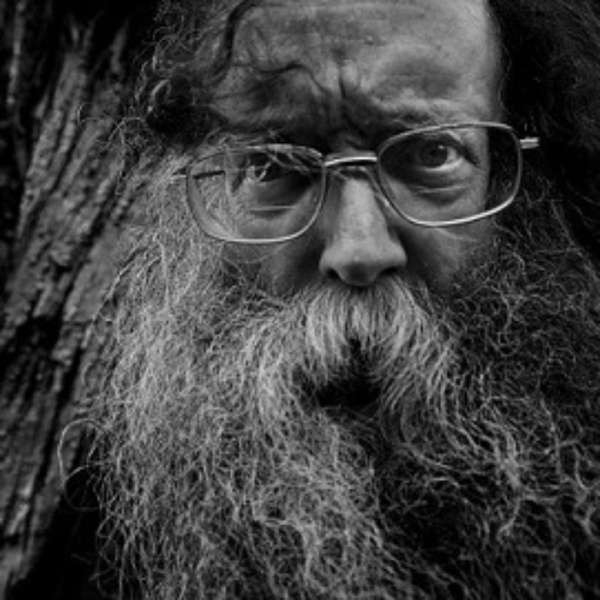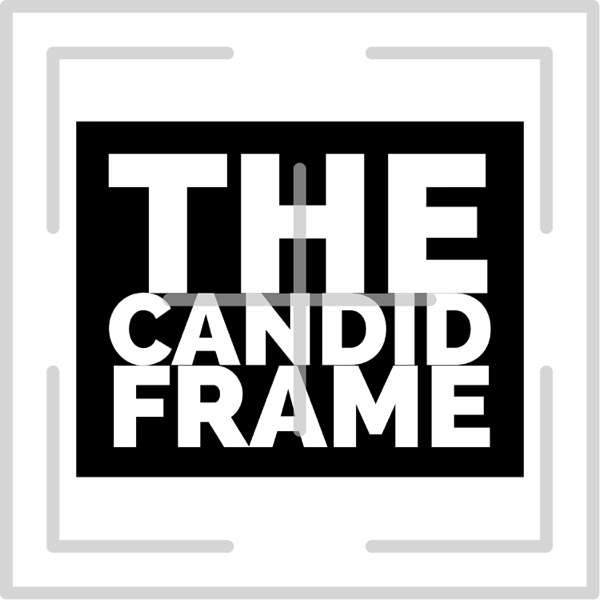In this episode, Noah and Vivian discuss privacy in the world of NFTs and web3, a space that is inherently transparent. Is it uncomfortable to be publicly yourself online all the time? What if you could escape yourself? How do artists create work that speaks to privacy or invert the transparency of the blockchain?
Noah and Vivian receive a voicemail from Jesse, who leads design at Context, to share information about a new product from Context called Mint.fun. Mint.fun aggregates trending projects that are currently minting, as well as trending projects that are free to mint. Noah and Vivian peruse Mint.fun and mint a project called My Fucking Egg, because Noah loves chickens and by proxy he loves eggs. Anyway, don't forget to call the JPEG2000 Hotline at 845-377-3484. CALL NOW!
A feature of web3 and crypto is that your actions are visible and documented on chain. If you buy something that doesn't fit your aesthetic and vibe, are you embarrassed that it's publicly visible to everybody? In essence, you can always spy on people's wallets. Do we already live in a world where privacy is low-key dead? Content creators on Youtube, Tiktok, and Instagram share content of mundane elements of their lives ranging from their skincare routines, what they eat in a week, and "haul videos" showcasing things they bought during shopping sprees. Vivian recalls a piece by conceptual artist Barbara Kruger, which has text that says I Shop Therefore I Am.
During Collection Time™️ Noah and Vivian collect "Point-And-Shoot Camera" from artist Stardrop's project called Everything I Own. Stardrop photographs all 1026 items that they own (including love letters, vaccination card, tax returns, drivers license), and the project is intended as an "exploration of ownership, consumerism, privacy, and identity in the world of crypto." Stardrop is an anonymous person who uses a pseudonym online, but simultaneously shares everything they own, including things that would be considered sensitive and private. Through seeing all of a person's belongings, can we paint a picture of who they are? You can view a feed of the project activity on Context on the project's collection page, and see all of the items that Stardrop owns.
This leads to a conversation about the flattening of identity on social media, and how audiences think of new art made by artists is often influenced by their previous artworks and personal histories. Is being anonymous online a solution and a way to break away from that cycle?
Next, Noah and Vivian collect a piece titled 2022-06-20 from Mars Maiers, a year-long daily art project created by Allan Yu and Jacob Bijani. In the first iteration of Mars Maiers, artist Allan Yu donned the pseudonym Mars Maiers to maintain his privacy (and protect his ego) and started doing an art piece a day, inspired by Taiwanese artist Tehching Hsieh (an artist that both Noah and episode 4 guest Robert Gallardo are inspired by). In the current iteration of Mars Maiers, daily artworks created by Allan are sold as NFTs in a blind auction format, introducing privacy and secrecy to the NFT space, inverting the inherent openness and transparency of the ethereum blockchain. Do you want to know how Allan and Jacob do this? Sorry, you will have to listen to the episode to get that info <3333
Noah asks Vivian about her time working at a photo lab in San Francisco. This is semi relevant to the subject of privacy. Insert reference to the 2002 film "One Hour Photo" starring Robin Williams, a movie that Vivian has never seen.
JPEG2000 is hosted by Vivian Fu and Noah Kalina. It is sponsored by Context.app, which is the best way to keep up with what's happening in web3 (or for "spying on wallets", as Noah and Vivian like to describe it). The podcast is edited and engineered by Paul O'Mara. The music for JPEG2000 was created by musician Yuri Beats, who has his own podcast called Pirate Radio, which you can tune into on twitter spaces.

 Our TOPPODCAST Picks
Our TOPPODCAST Picks  Stay Connected
Stay Connected







